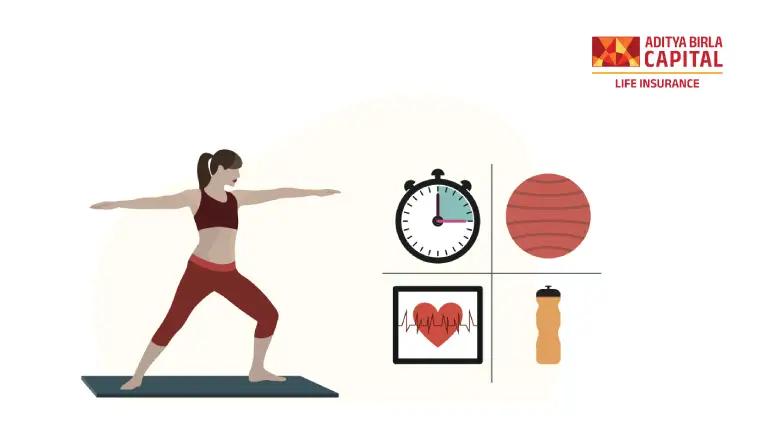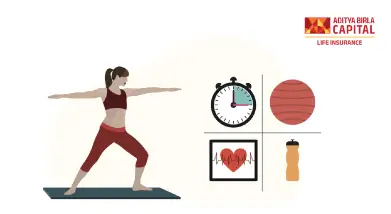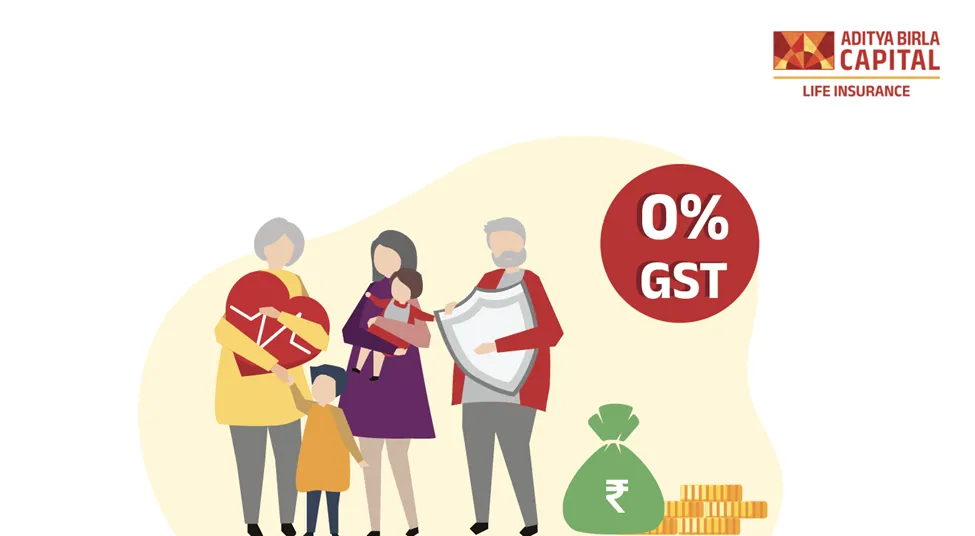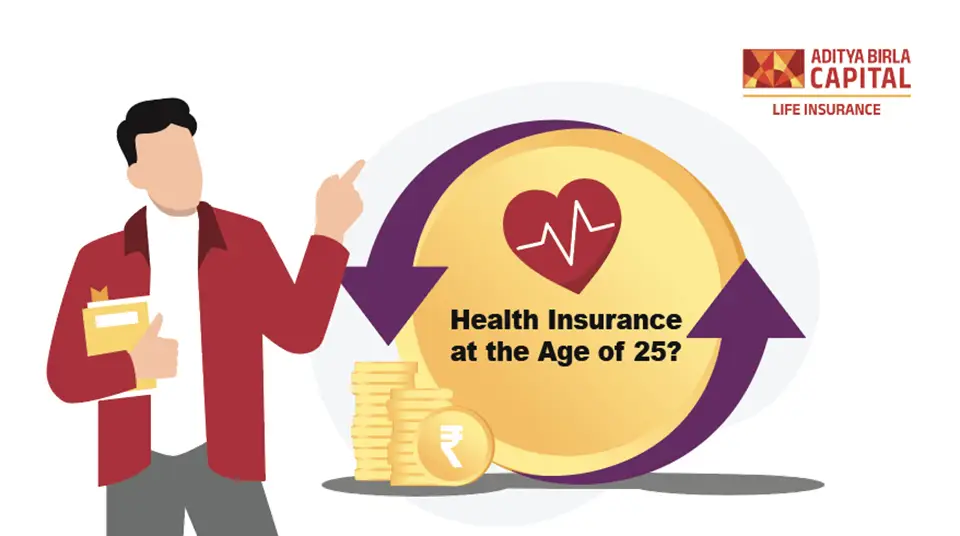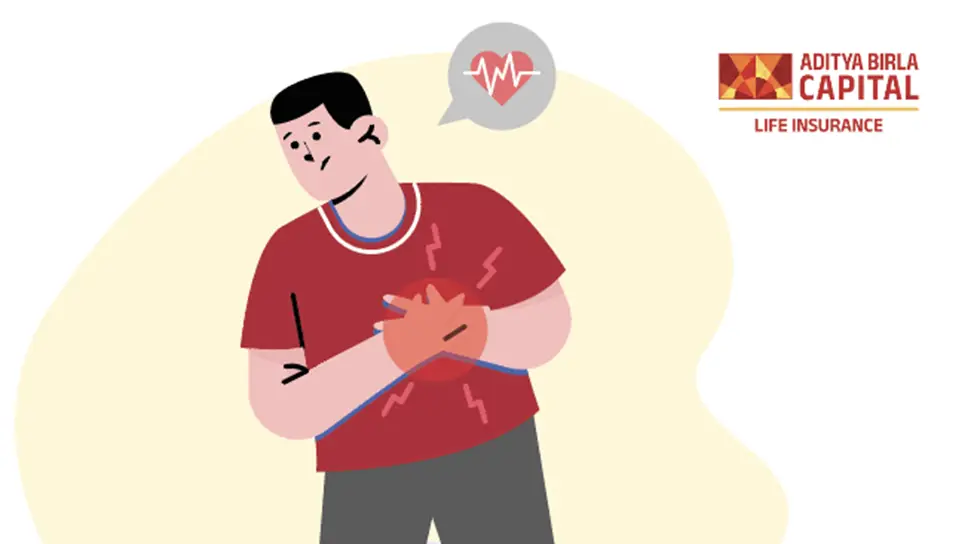High-intensity interval Training (HIIT) has gained popularity for its ability to deliver significant fitness benefits in shorter sessions. However, when it comes to heart patients, the suitability of HIIT workouts often comes into question. It's crucial to understand the implications of such rigorous exercise on individuals with heart conditions and to determine when and how they can safely engage in HIIT workouts.
What is HIIT
HIIT, or High-Intensity Interval Training, is a training technique that involves quick, intense bursts of exercise followed by short, sometimes active, recovery periods. This type of training gets and keeps your heart rate up and burns more fat in less time. A typical HIIT session might vary from 15 to 30 minutes and includes a combination of exercises such as sprinting, biking, jump rope, or other bodyweight exercises. The key feature of HIIT is the intensity, which should push your body to its limits during the high-intensity phases.
Here's Why Heart Patients Should Practice HIIT
While traditionally, more moderate exercises have been recommended for heart patients, recent studies suggest that HIIT can be beneficial for individuals with certain types of heart conditions. Here’s why HIIT might be suitable for heart patients:
1.Improved Cardiovascular Health
HIIT can lead to significant improvements in the health of the cardiovascular system. It helps in strengthening the heart muscle, improving arterial flexibility, and enhancing blood flow.
2. Efficient Management of Blood Pressure
Regular HIIT workouts have been shown to help reduce high blood pressure, which is a common issue among heart patients. The intense exertion followed by recovery periods helps regulate blood pressure more efficiently than continuous moderate activity.
3. Better Control of Blood Sugar Levels
HIIT helps in better regulation of blood glucose levels, which is beneficial for heart patients who are also diabetic—a common comorbidity.
4. Increase in Exercise Tolerance
Over time, HIIT can help increase a heart patient's exercise tolerance, allowing them to perform daily activities more easily without fatigue.
5. Weight Management
HIIT is effective for burning fat and calories, helping heart patients maintain a healthy weight and reducing strain on the heart.
How Can Heart Patients with Chronic Diseases Practice HIIT
Heart patients interested in trying HIIT should take a cautious and well-planned approach:
1.Consult a Healthcare Provider
Before starting any HIIT program, heart patients must consult their cardiologist or a specialised exercise physiologist. They can assess the patient's health status and determine if HIIT is safe for him or her.
2.Start with Supervision
Initially, HIIT sessions should be conducted under the supervision of a qualified trainer who has experience working with heart patients. This ensures exercises are performed with correct form and intensity, tailored to the patient’s specific health needs.
3.Begin Gradually
Heart patients should start with lower intensities and shorter intervals, gradually increasing the intensity and duration of the workouts as their fitness improves. For instance, starting with intervals of moderate walking followed by slower walking might be recommended.
4.Monitor Heart Rate
Heart patients need to monitor their heart rate during HIIT to ensure it stays within a safe range recommended by their healthcare provider. Using a heart rate monitor during workouts can help manage intensity and avoid overexertion.
5.Incorporate Adequate Recovery Times
Recovery periods are as important as the active phases in HIIT. Heart patients in particular should ensure they have adequate recovery time to allow their heart rate to normalise before the next burst of activity.
6.Watch for Adverse Signs
Patients should be educated on recognising symptoms such as excessive shortness of breath, chest pain, dizziness, or palpitations during exercise. They should stop exercising immediately if any of these symptoms occur and seek medical advice.
7.Regular Evaluations
Regular follow-ups with a healthcare provider are necessary to monitor the patient’s response to the HIIT program and adjust it based on their progress and any changes in their health status.
By taking these precautions, HIIT can be a valuable and effective exercise option for heart patients, contributing to better heart health and overall fitness. However, the appropriateness of HIIT should always be determined on an individual basis by a healthcare professional.
Benefits of High-Intensity Interval Training
High-Intensity Interval Training (HIIT) offers several compelling benefits that make it a popular choice among fitness enthusiasts, ranging from amateur exercisers to elite athletes. Here are some of the key advantages:
1.Efficiency
HIIT is known for its efficiency. Short bursts of intense exercise followed by rest or low-intensity periods can deliver significant health and fitness benefits in a shorter duration compared to steady-state cardio exercises.
2.Increased Metabolic Rate
HIIT can elevate your metabolic rate for hours after exercise due to the intensity of the workout. This effect is known as post-exercise oxygen consumption or "afterburn," helping to burn more calories even when you're not working out.
3.Fat Loss
HIIT is extremely effective at burning fat without the muscle loss that can sometimes accompany long periods of cardio.
4.Improved Cardiovascular Fitness
Regular HIIT workouts improve cardiovascular fitness, increasing the heart's ability to pump blood more efficiently and improving oxygen uptake in muscles.
5.Insulin Sensitivity
HIIT can help improve insulin sensitivity, reducing the risk of type 2 diabetes.
6.Challenging
HIIT workouts are designed to push the limits of your speed, strength, and endurance, making them a challenging and rewarding form of exercise.
Who Cannot Perform HIIT
While HIIT is beneficial for many, it's not suitable for everyone. Certain individuals should avoid high-intensity exercise due to potential health risks:
1.Individuals with Severe Cardiovascular Diseases
Those with severe heart conditions, such as recent heart attack survivors or those with uncontrolled heart disease, should generally not engage in HIIT unless cleared and closely monitored by their healthcare provider.
2.People with Joint or Mobility Issues
The high-impact nature of many HIIT exercises can exacerbate conditions such as arthritis or injuries. Those with significant joint pain or mobility issues might find HIIT too challenging or painful.
3.Individuals with Certain Chronic Conditions
Those with conditions like severe hypertension, advanced diabetes with complications, or significant respiratory diseases might need to avoid HIIT due to the intense stress it places on the body.
4.The Elderly or Extremely Sedentary Individuals
Older adults or those who have been very inactive should generally start with less intense exercise programs and gradually build up their fitness levels before attempting HIIT.
5.Pregnant Women
Pregnant women should consult their healthcare provider before starting any new workout regimen, including HIIT, as some exercises may not be suitable.
6.People Recovering from Major Surgery
Individuals recovering from major surgeries should avoid HIIT during the initial recovery phase as the body needs time to heal.
In all cases, it's crucial to consult a healthcare provider before starting any new exercise program, especially one as demanding as HIIT. This is particularly important for individuals with existing health conditions or concerned about the suitability of high-intensity exercise for their health status.
Here are Things to Keep in Mind if You Want to Practise HIIT as a Heart Patient
If you're a heart patient interested in practising High-Intensity Interval Training (HIIT), taking the necessary precautions is essential to ensure safety and maximise the benefits of your workouts. Here are key points to consider:
1.Medical Clearance
Before starting any HIIT program, obtain clearance from your cardiologist or healthcare provider. They can assess whether HIIT is suitable for you based on your specific heart condition and overall health.
2.Start Slowly
If you are new to HIIT, start with lower intensities and shorter intervals. Gradually increase the intensity as your body adapts and your fitness improves, always within the limits set by your doctor.
3.Monitor Your Heart Rate
Use a heart rate monitor during your workouts to ensure your heart rate stays within safe limits. Know your maximum heart rate and the target heart rate zones recommended by your healthcare provider.
4.Work with a Professional
Consider working with a fitness professional experienced in managing clients with heart conditions. They can tailor a HIIT program to suit your needs and adjust it based on your progress and any symptoms you experience.
5.Listen to Your Body
Pay attention to how your body responds during and after workouts. If you experience symptoms such as chest pain, dizziness, excessive shortness of breath, or palpitations, stop immediately and consult your healthcare provider.
6.Include Adequate Recovery
Recovery is as important as the workout itself, especially for heart patients. Ensure adequate recovery time between intervals and sessions to prevent excessive strain on your heart.
7.Consider Health Insurance
If you're a heart patient looking to include HIIT in your fitness regimen, ensure that your health insurance plan covers treatments and services related to heart health. Some health insurance policies offer special benefits for cardiac care, including rehabilitation sessions and emergency services, which can be beneficial if complications arise from new or intense physical activities like HIIT.
Conclusion
For heart patients, HIIT can offer significant health benefits, including improved cardiovascular health and increased physical stamina. However, it's crucial to approach this exercise regimen with caution and proper medical guidance. By obtaining medical clearance, starting slowly, monitoring heart rate, and working with professionals, heart patients can safely incorporate HIIT into their fitness routines. Remember to also consider the support provided by your health insurance in case of unforeseen complications. With the right precautions and a well-designed plan, HIIT can be a valuable part of maintaining and improving heart health.

